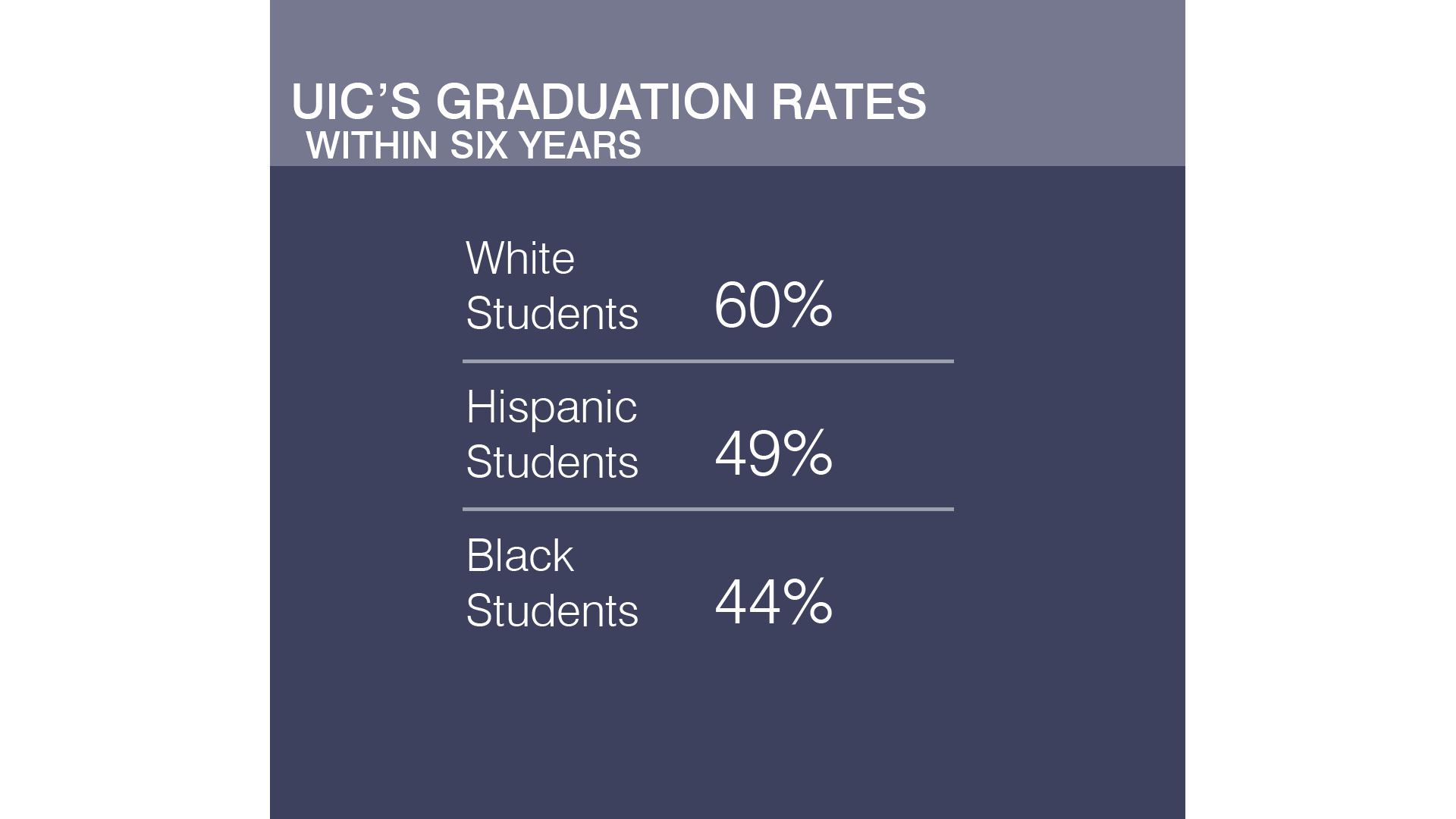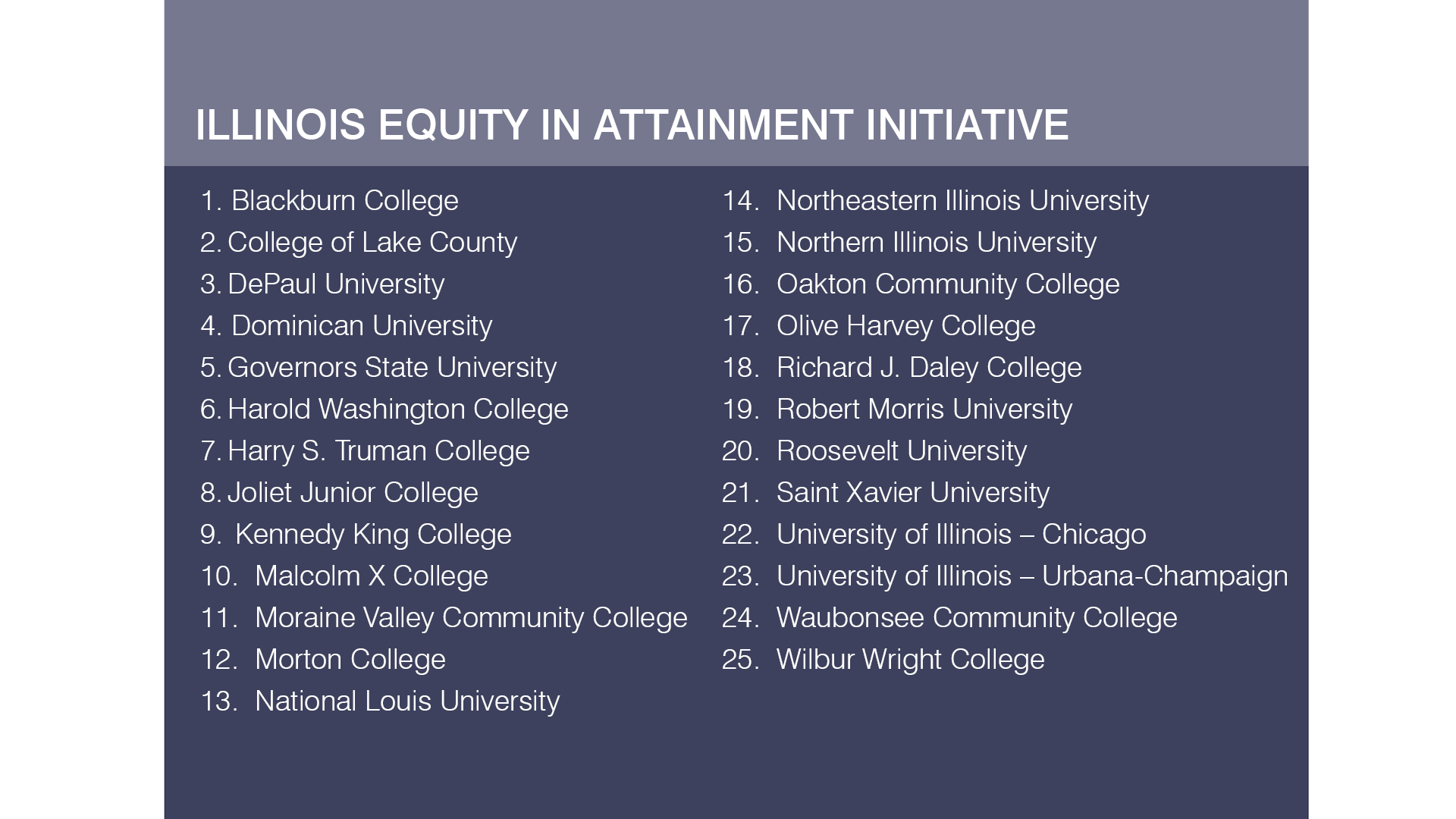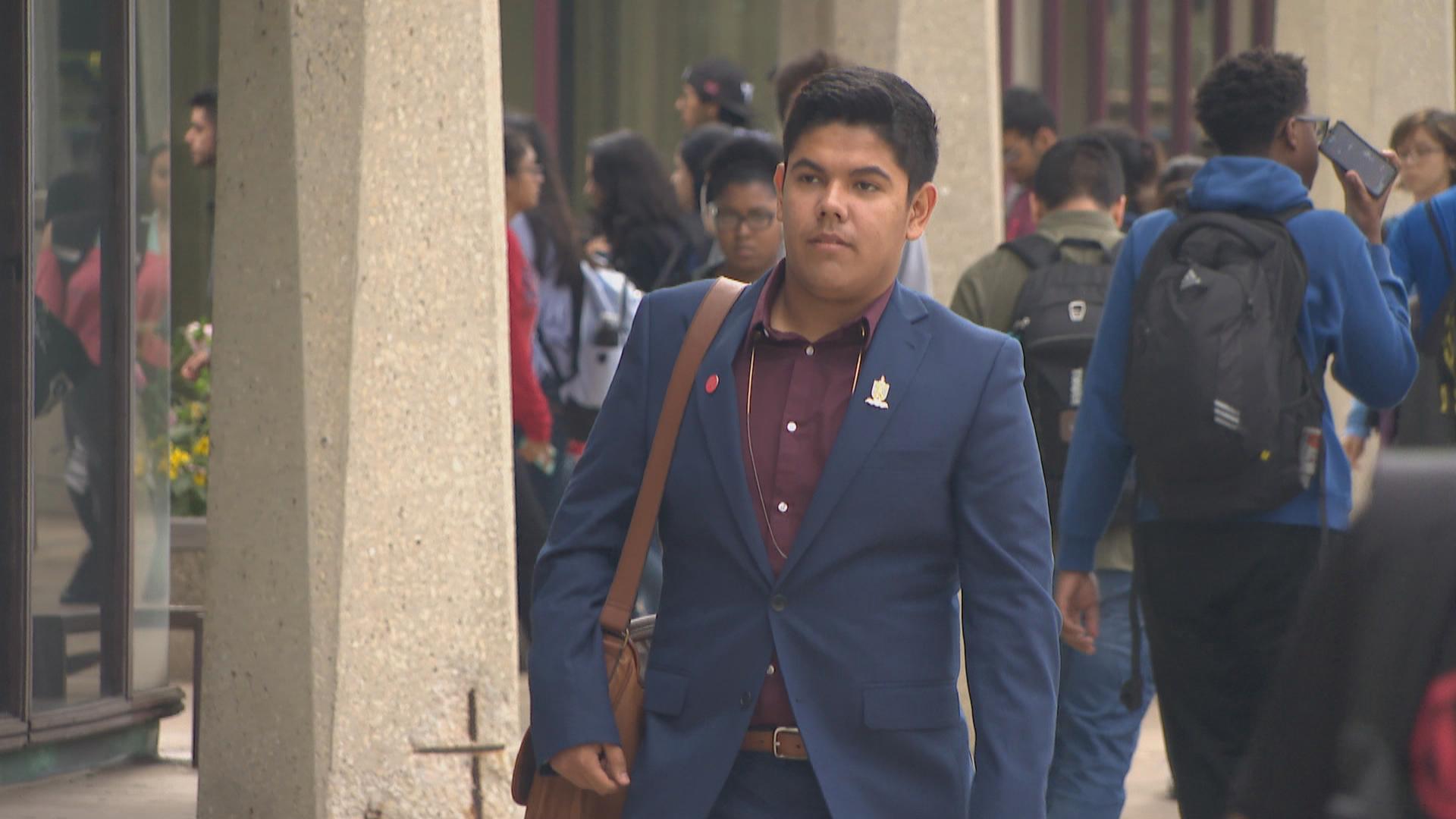DeKALB – Few are more proudly DeKalb than Paul Callighan.
After working many years for ComEd, he continues to serve on the boards of United Way and the DeKalb County Economic Development Corp., and is a dues-paying member of the DeKalb Chamber of Commerce.
So he was as concerned about the elephant in the room, the continued decline in enrollment at Northern Illinois University, as the rest of us.
“How is NIU addressing the issue of declining enrollment of the traditional college student?” he asked NIU President Lisa Freeman during Mayor Jerry Smith’s state of the city breakfast presented by the Chamber on Wednesday morning at Faranda’s Banquet Center.
The university recently announced its 10th-day enrollment was down 4.8 percent, a trend that’s seen enrollment fall more than 7,000 students during the past 11 years, from more than 24,000 in 2008 to about 17,000 this year.
Freeman said any Illinois state university worth its mortar must get out, sell itself and tell its story better, to recruit both traditional and nontraditional students.
“NIU is an excellent institution that has and should have appeal beyond our region,” she said.
She pointed out that the recent approval of reciprocity for out-of-state students is one step, but that NIU administration and staff must look at their programs to make sure they’re on the modern curve, if not ahead of it.
She said about 1,000 students admitted to NIU go to college out of state every year.
“This is just a tragedy, because of the loss of human capital,” she said.
Since being elected in April 2017, and throughout his campaign, Smith has made it no mystery that to a great extent, the city goes as NIU goes.
“We realize the competition,” he said, following up on Freeman’s comments. “We realize the lack of a state budget and competition from other states.”
As he did during his speech, Smith focused on solutions, such as doing a better job of working with state legislators.
He said he and Michael Inman, incoming president of the Illinois Municipal League and mayor of Macomb, which is home to Western Illinois University, are working to form a consortium of university mayors who can help bolster NIU, WIU, Eastern Illinois University, Illinois State University and Southern Illinois University in Carbondale.
“We’ll try to not only talk about the challenges we share, but also some of the promises and the great things we have as university towns,” Smith said. “This will bear what I would call fringe fruit. It’s not going to solve all our problems, necessarily, but anything we can do to collaborate and have a dialogue will help the university and the community.”
“For NIU and the city of DeKalb, our future successes are inextricably linked,” Freeman said.
NIU was either at the heart or tangentially connected to most of what the mayor discussed during his half-hour speech. While he reviewed the city’s needs – hiring a city manager and nailing down a budget as foremost among them – he keyed on the revitalization of the Annie Glidden North neighborhood. A task force was formed about a year ago to determine which projects can best make the neighborhood safer and more vibrant. The city spent about $85,000 to form a plan, which involved numerous interviews, studies, community input meetings and planning sessions.
Among the key, “game-changing” initiatives, as one of the city’s management analysts, Aaron Stevens, has called them, are establishing a community food and education center and increasing access to public transportation. In total, 10 projects have been earmarked, and can be seen on the city’s website.
Freeman said the neighborhood’s revitalization is one of NIU’s three biggest projects.
“AGN is critically important to NIU,” she said. “It’s where the majority of our students live. It houses many of our Greek organizations. It’s located on the border of our campus and it’s deteriorating.”
She said, almost 25 percent of the city’s population lives in the neighborhood.
“It’s time to reintegrate this neighborhood into our community,” she said.
She also commended the city’s economic development planner, Jason Michnick, for his work on Opportunity Zones which, through the Tax Cut and Jobs Act signed into law last year, helps underdeveloped areas gain investors.
“With only days to apply, Jason successfully nominated a section of DeKalb for Opportunity Zone designation – a section that includes NIU and part of the Annie Glidden North corridor,” Freeman said.
She said the application highlights DeKalb’s unique offerings: interstate, airport and railroad access, existing fiber-optic network and a university. Freeman said private money available for such zones is more than $6 trillion.
“Investors are anxiously awaiting the final IRS guidelines that will help them choose the best projects,” she said, adding that NIU has formed a task force that is putting together projects to pitch.
As Matt Duffy, executive director of the Chamber, pointed out, the mayor will make his official state of the city address later this year, but the university won’t have a role in it.
“I really appreciated that aspect of the event,” said Callighan, who has lived in DeKalb with his wife for 26 years. “What I took away from the answers I got is they’re looking to make NIU and the city of DeKalb a special place. Regardless of the larger change in demographics, they’re working to make DeKalb a destination.”
00-All RT,12-Coll,HE 2 Coalition,HE Blog
Region: Northern,Feeds,News,Region: DeKalb,DeKalb,City: DeKalb
via Daily Chronicle https://ift.tt/1f80rQM
October 4, 2018 at 12:12AM









